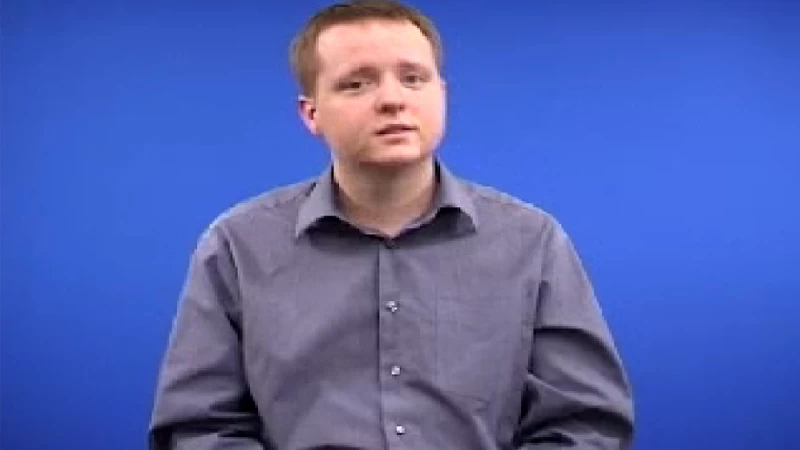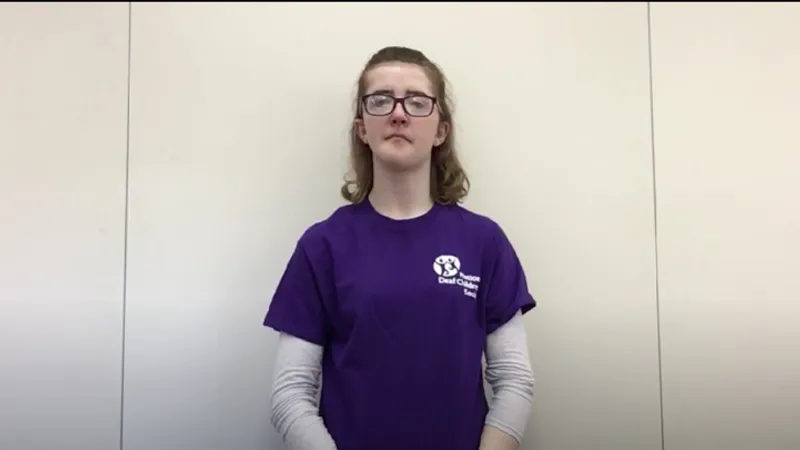Sign
Yes in Sign Language – Video & Image Included
Today, we’re going to learn how to say Yes in sign language. ‘Yes’ is among one of the first words you encounter in your sign language journey.
Although the word is different in different sign languages, we’ll only deal with British Sign Language or BSL today.
So let’s get started.
Table of Content
Yes in Sign Language
Watch the full video, which we’ve included below.
Don’t be concerned if it moves too rapidly for you. Each stage will be discussed in further depth below.
Before we begin, keep in mind that BSL is a two-handed sign language. That suggests you’ll be using both hands to communicate.
There are signs in which we use our dominant hand to make one motion and our non-dominant hand to finish the sign with assisting motions. Never change your dominant hand while signing. This will confuse the individual with whom you are conversing.
Do the following right now.
There are two ways that you can say ‘Yes’ in BSL.
1. Start with a normal posture.
2. Follow up with a head nodding.
But there is a second way to say Yes in sign language.
1. Start with a normal posture.
2. Lift your right hand (if that is your dominant hand) up to your chest area.
3. Keep your knuckles into a fist.
4. Now move your fist up-down, sort of like head-nodding.
Conclusion
So, that’s how we sign Yes in British Sign Language. Check that the person with whom you are speaking can see you clearly. If the signer’s actions are not clearly visible, anyone might readily misread the message. You must practice the sign continuously if you want to learn it; otherwise, you risk losing it over time. Also, keep a beautiful smile on your face. Smiles help us connect better.
What to Read Next:
- Goodbye in Sign Language – Video & Image Included
- Bullshit in sign language – Video and Image Included
- Home in Sign Language – Video & Image Included
- How in Sign Language – Video & Image Included
- Not in Sign Language – Video & Image Included
- Thirsty in Sign Language – Video & Image Included
- Woman in Sign Language – Video & Image Included





